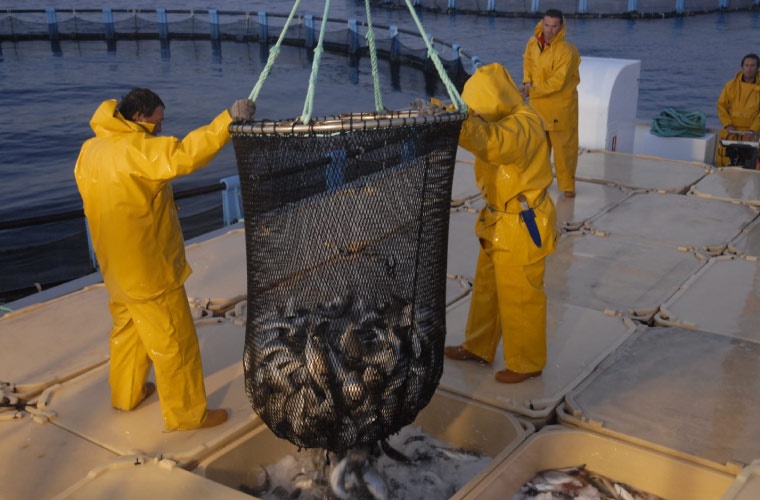
In key markets like Spain and Italy, prices for gilthead sea bream and European sea bass have shown little fluctuation during the first half of 2024, and all sings suggest this stability will continue through the rest of the year. This is largely due to a combination of factors influencing the production, trade, and consumption of these two species, which are highly valued in Mediterranean cuisine.
Global production of sea bream and sea bass in 2023 ended at 309,200 tonnes and 263,800 tonnes respectively, according to figures from Global Trade Tracker.
A key factor behind this stability is the continued growth in global supply. While global sea bass production saw a slightly dip in 2023, sea bream production increased by 2.9%, balancing any potential shortfall in availability. Furthermore, major exporters like Turkey and Greece continue to supply large volumes to European markets, maintaining a balance between supply and demand.
On the other hand, global consumption has also seen moderate growth. In markets such as Portugal and Greece, consumption of sea bream has risen, while sea bass consumption has remained steady or seen minor declines, helping to keep significant price pressures at bay.
Lastly, the markets in Spain and Italy have played a pivotal role in this stability. In Spain, the domestic supply of sea bass has grown considerably following the recovery of local production, helping to keep prices in check. Meanwhile, in Italy, imports of these species remain balanced, with an increase in demand for sea bass from Turkey.
Given these factors, the sea bream and sea bass markets are expected to close 2024 without any major price fluctuation, providing s stable environment for both producers and consumers alike.


